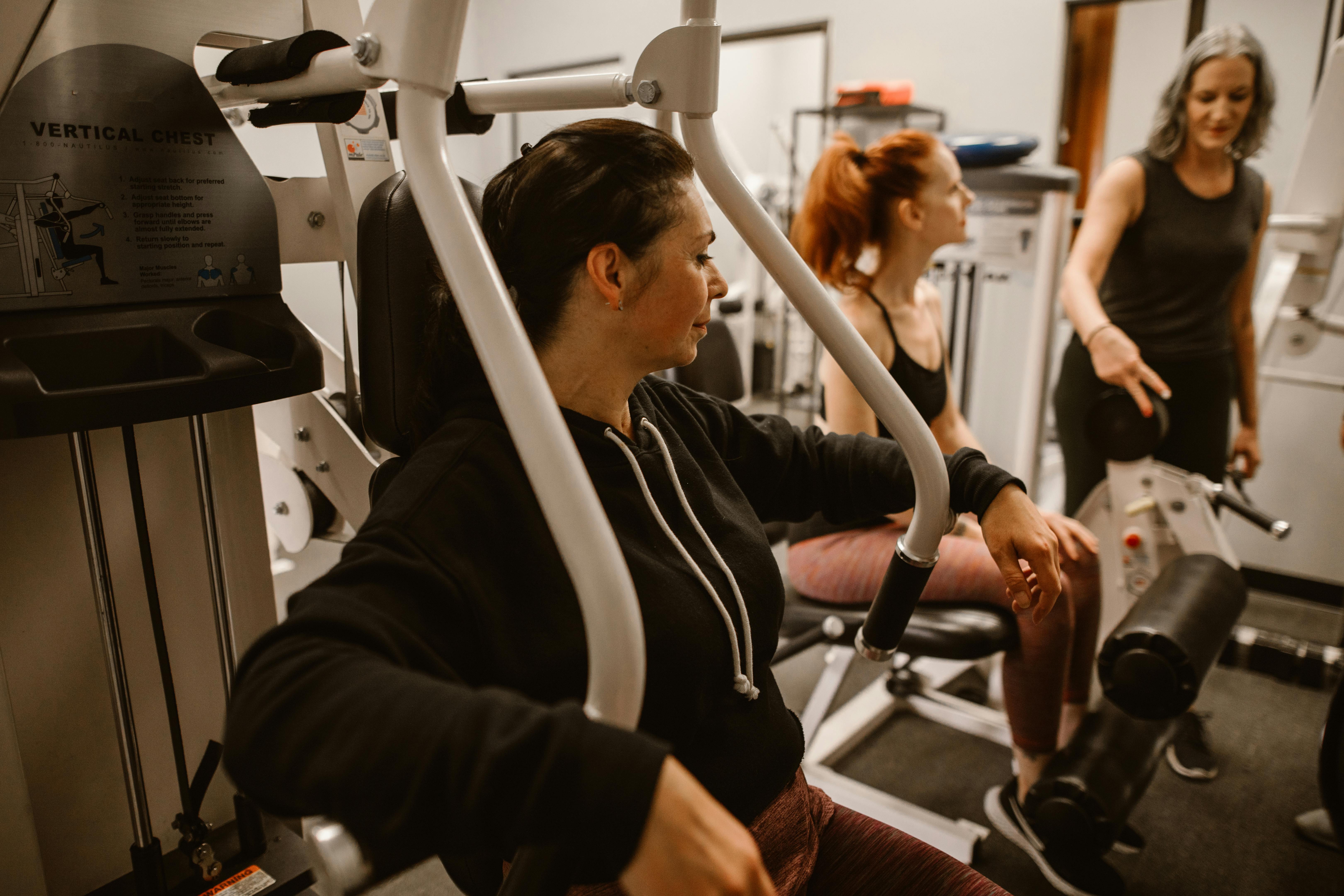



Osteoporosis and menopause are closely connected, with postmenopausal women being particularly vulnerable to this bone-weakening condition. The primary reason is the sharp drop in oestrogen levels that occurs during menopause. Oestrogen plays a vital role in maintaining bone strength, and when its levels decline, bone loss accelerates, increasing the risk of fractures.
Understanding how menopause affects bone health and what can be done to prevent osteoporosis is crucial for long-term wellbeing.
Bones are constantly renewing themselves, with old bone being broken down and replaced by new bone. Two types of cells control this process:
Before menopause, oestrogen helps keep these two processes in balance. However, as oestrogen levels drop, this balance is disrupted.
This leads to bone thinning and increased fragility, making fractures more likely. Some women may lose up to 20 percent of their bone mass in the first few years after menopause.
While menopause itself increases the risk of osteoporosis, other factors can make some women more vulnerable.
Osteoporosis often develops silently, with no symptoms until a fracture occurs. That is why prevention and early intervention are essential.
Although bone loss is a natural part of ageing, there are several ways to slow it down and keep bones strong.
Regular physical activity helps maintain bone strength and reduces the risk of fractures. The best types of exercise for bone health include:
Women who remain active tend to maintain better bone density than those who lead a sedentary lifestyle.
Calcium and vitamin D are essential for strong bones. To support bone health:
Smoking reduces oestrogen levels, leading to faster bone loss. Quitting smoking can slow down the rate of bone thinning.
Excessive alcohol interferes with calcium absorption and increases the risk of falls, so drinking in moderation is recommended.
HRT is often the first-line treatment for osteoporosis prevention in menopausal women, particularly for those who experience early menopause. It helps maintain bone density by replacing lost oestrogen, reducing the risk of fractures.
HRT is not suitable for everyone, so it is important to discuss the benefits and risks with a doctor.
Osteoporosis is often called the silent disease because it develops without symptoms until a fracture occurs. The most common fractures occur in the hip, spine and wrist, leading to pain, reduced mobility and long-term health issues.
With one in two postmenopausal women expected to develop osteoporosis, taking action early is essential. By staying active, eating well, avoiding smoking and alcohol and considering medical options, women can protect their bones and reduce the risk of fractures as they age.